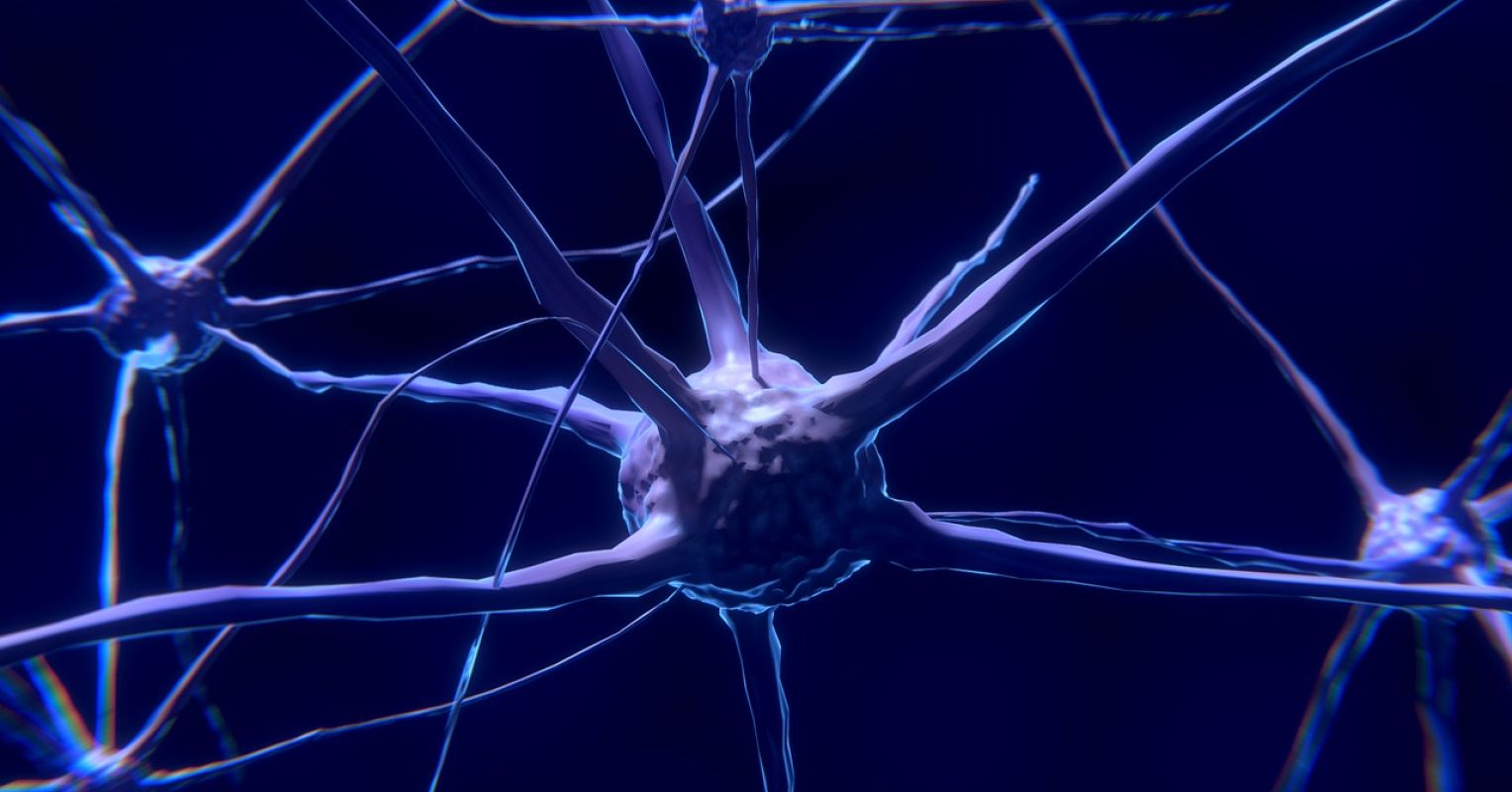Bottom-up Processing is a kind of processing of information in which stimuli are processed or interpreted beginning with the smallest aspects before moving on to more complex concepts. This differs from top-down, which involves forming an overall impression and then searching for evidence specific to support that initial impression. When we look at a street, a city may initially form the impression that it’s chaotic, noisy, and full of people. They might look for certain signs to support this hypothesis, for example, people pushing across the street or hearing traffic sounds coming in from nearby cars.

Because bottom-up processes tend to be more dependent on data than analytical, it has been extensively studied in connection with specific cognitive tasks, such as perception and memory. However, it could also be useful in different aspects of our lives like decision-making, creativity, and other pursuits like art or design. If used in a strategic and appropriate manner the bottom-up process can lead to better problem-solving and a better understanding of complex situations. Therefore, despite its negative connotations within academic circles Bottom-up processing can be extremely useful for understanding both the world around us as well as our personal inner workings.
The brain’s intricate circuitry is at the heart of our thoughts, actions, and choices. The brain plays an essential role in our intelligence, memory, mood, and behavior. One particular mechanism that has been found to influence how the brain functions are called bottom-up processing. This refers to how information is processed at the nerve cells’ individual in the brain and progresses via interconnected neural pathways. This eventually affects higher cognitive functions, for example, attention or perception. The process has been proven to have a profound impact on learning and memory. But, it may also be very effective in treating conditions such as schizophrenia and Alzheimer’s disease. Understanding the mechanism and bottom-up processing that occurs in brain function can help us uncover many of the mysteries that govern the function of the brain. This could lead to innovative new techniques in neuroscience as well as healthcare fields.
Bottom-up processing refers to the way that our brain process information. Bottom-down processing is more focused on incorporating expectations as well as prior knowledge into the process of learning. Bottom-up processing is based on the input of raw data. By focusing on individual elements in the learning process, from basic vocabulary and sounds to more advanced concepts and concepts, bottom-up learning has been proven to be a highly effective approach for all types of learners.
The primary benefit of bottom-up processing is that it allows us to take a step back and concentrate on each individual element of information as we encounter it. This keeps us in the loop and inspired us to learn new concepts, develop existing ones, and even discover areas of improvement. Also, by highlighting how different pieces of information are connected by logic chains or networks, this technique helps us comprehend how various pieces of information are connected to enhance understanding of the concepts at a deeper level. Bottom-up processing can help us become better learners and better communicate by engaging in bottom-up processing.